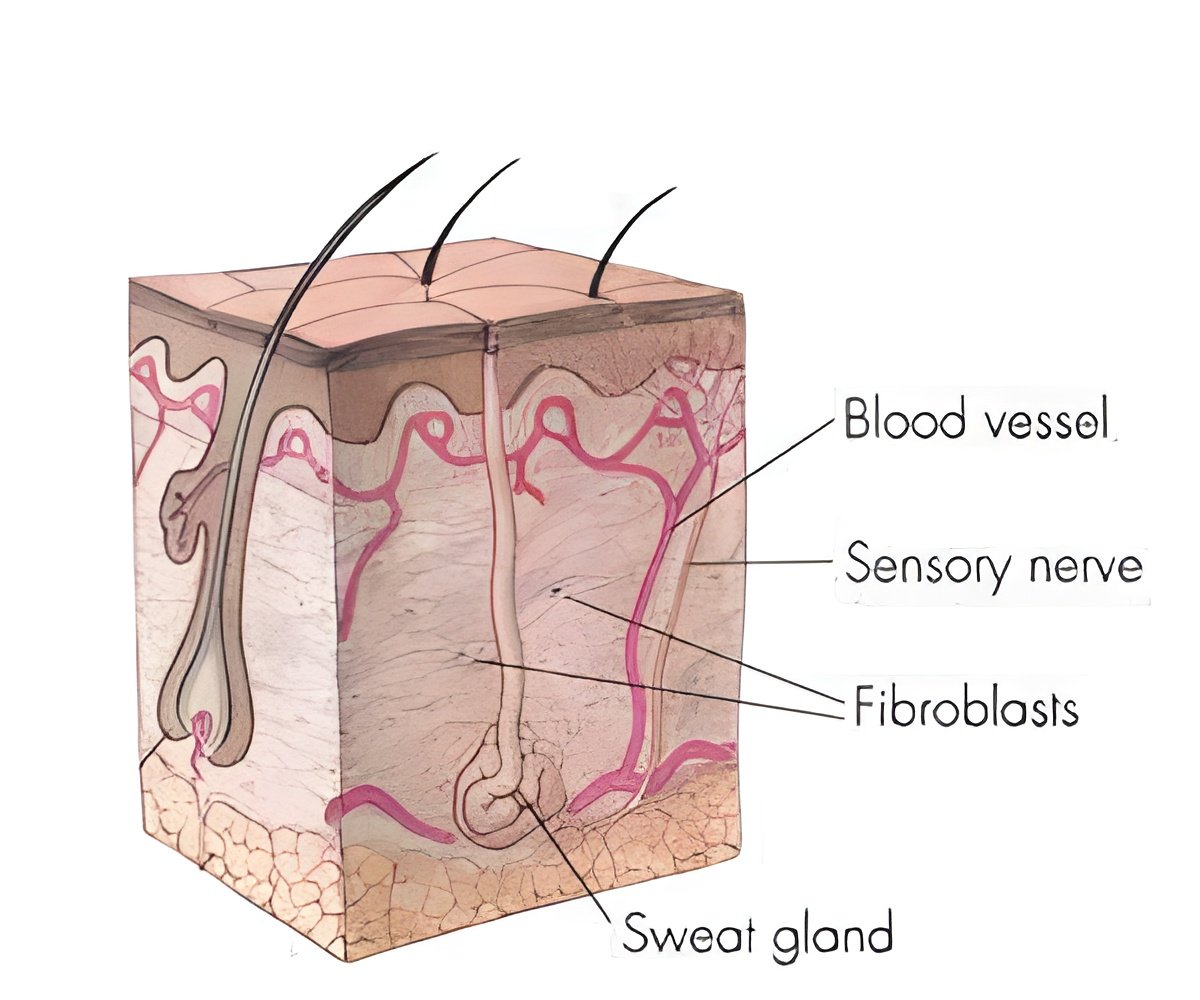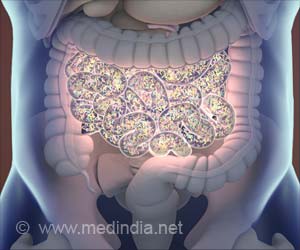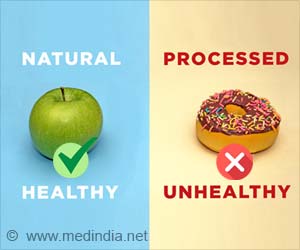
In a recent paper published in The Journal of Biological Chemistry, the group demonstrated that already fairly low doses of UVB activate the accumulation and degradation of hyaluronan. This occurs in both simple monolayer cultures of keratinocytes and a stratified, three-dimensional model that mimics normal skin epidermis. As intracellular signalling pathways are activated, the hyaluronan producing enzymes (Has1-3) and hyaluronan synthesis are upregulated. Particularly, it was shown that Has1 and Has2 are regulated by the MAP kinase p38, and Has3 by the calcium-dependent protein kinase CaMKII.Since hyaluronan content and the absolute and relative quantities and activity of the hyaluronan synthases depend on the tissue context and physiological conditions, it's crucial to understand the underlying regulatory mechanisms.
In this study, the significantly upregulated hyaluronan metabolism in the keratinocytes seemed to be dependent specifically on the Has3 enzyme. Blocking its expression with a specific siRNA reversed the UVB-induced hyaluronan production nearly to the level of the control cells. The results thus strongly indicate that epidermal keratinocytes exposed to UVB specifically activate their hyaluronan synthesis by regulating the HAS-enzymes via at least two different signalling pathways. This may be one mode for the cells to adapt to radiation damage. Even though more research is warranted, the new data further our understanding about the significance of hyaluronan for keratinocyte function under environmental stress. This activation of hyaluronan metabolism after excessive UVB exposure may also prove to be a target for regulation when trying to control and understand tissue malignancy and pre-cancerous alterations.
Source-Eurekalert















